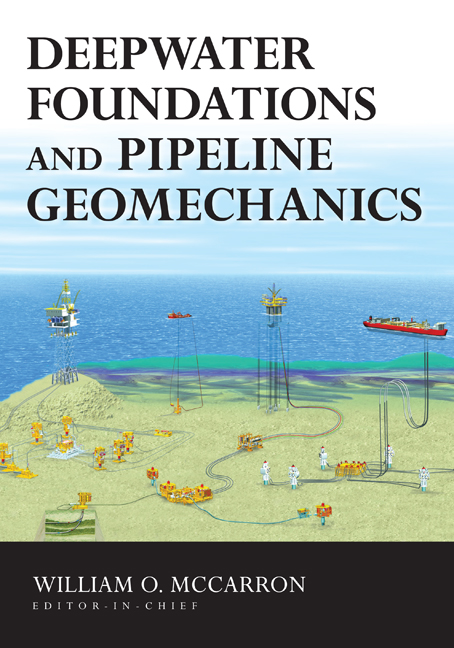Deepwater Foundations and Pipeline Geomechanics
$129.95
Edited by William O. McCarron
Hardcover, 6×9, 304 pages
ISBN: 978-1-60427-009-9
October 2011
A Title in J. Ross Publishing’s Civil and Environmental Engineering Series
Description
Practicing engineers in the offshore engineering industry will find in this contributed handbook practical information on current oil field production development practices for foundations and subsea flowlines. The technical challenges associated with deepwater developments have led to significant innovations. The contributors are practicing engineers and academics who have been at the forefront of offshore geotechnic development for several decades. Until the 1980s, the most common design concerns for offshore foundation and pipeline engineering were associated with extreme storm loadings, earthquakes, mudflows, fatigue, and installation activities. Engineers today face additional concerns, including: submarine slope failures, thermal buckling of pipelines, catenary riser interaction with the seafloor, vortex induced vibration of flowlines, shallow water flows encountered during drilling operations, and thermal interaction of pipelines with permafrost. This handbook describes recent advances in geophysical data acquisition and evaluation as they relate to offshore developments, as well as foundation and pipeline design considerations. The presentation is focused on deepwater geotechnics as well as subsea and Arctic pipeline design considerations, but engineers will find much of it applicable to other situations.
Key Features
- Describes deepwater foundation issues and the corresponding site investigation requirements
- Details the use of integrated geophysical studies in field architecture planning, geohazard investigations, planning geotechnical investigations and foundation selection
- Demonstrates the application of centrifuge modeling techniques for soil-structure interaction
- Introduces the application of risk analysis to foundation design with example applications
- Discusses geomaterial models and features necessary for their successful application to various foundation problems and includes illustrative examples for suction piles, flowline-soil interaction and more
- Features a comprehensive treatment of the analysis of thermally buckled subsea flowlines including soil-pipe interaction
- WAV offers downloadable spreadsheets to calculate soil-pipe interaction responses, spreadsheets demonstrating reliability calculations, color versions of geophysical profiles, and example Abaqus analysis input files for analyzing lateral buckling of subsea flowlines — available from the Web Added Value™ Download Resource Center
About the author(s)
William O. McCarron, Ph.D., PE, has worked as an independent consultant since 2001 when he founded ASGM Engineering. He specializes in structural mechanics and geomechanics. Prior to that, Mr. McCarron worked for Amoco Production Company for 14 years where he held several research and project engineering positions. He was responsible for delivery of the tendon, foundation and production riser components for Amoco’s Gulf of Mexico Marlin tension leg platform installed in 3,234 ft of water. Mr. McCarron earned his degrees from Oklahoma State University and Purdue University.
Table of Contents
Chapter 1 – Deepwater Foundations and Pipeline Geomechanics
William O. McCarron
1.1 Introduction
1.2 Integrated Geophysical Investigations
1.3 Foundation Concept Selection and Design
1.4 Pipeline Geomechanics
1.5 Foundation Analysis and Centrifuge Model Testing
1.6 Probabilistic Risk Analysis
1.7 References
Chapter 2 – Deepwater Integrated Geosciences Studies
Alan G. Young and Vernon Kasch
2.1 Introduction
2.1.1 Chapter Overview
2.1.2 Technological Improvements
2.2 Objective of an Integrated Site Investigation
2.3 Spatial Variability and Data Uncertainty
2.4 Planning Study with 3D Seismic Data
2.5 Geophysical Site Survey
2.5.1 Data Acquisition
2.5.2 Deepwater Geophysical Tools
2.5.3 Deepwater Geophysical Survey
2.5.3.1 Single-Beam Echo-Sounder
2.5.3.2 Multi-beam Echo-Sounder
2.5.3.3 Side-Scan Sonar
2.5.3.4 Sub-Bottom Profiler
2.6 Geotechnical Site Investigation
2.6.1 Deepwater Data Acquisition
2.7 Performing the Geotechnical Site Investigation
2.7.1 Sampling Procedures
2.7.1.1 Seabed Samplers
2.7.1.2 Down-hole Samplers
2.7.2 Deepwater In situ Testing Methods
2.7.3 Cone Penetrometer Testing
2.7.3.1 Seabed CPT Equipment
2.7.3.2 Downhole CPT Equipment
2.7.3.3 Operational and Technological Improvements
2.7.4 Use of CPT Data
2.7.4.1 Soil Classification
2.7.4.2 Undrained Shear Strength
2.7.4.3 Strength Ratio
2.7.4.4 Overconsolidation Ratio (OCR)
2.7.5 In situ Vane Shear Testing
2.7.5.1 Seabed VST
2.7.5.2 Downhole VST
2.7.6 Use of VST Data
2.7.6.1 Undrained Shear Strength
2.7.7 In situ Piezoprobe
2.8 Integrated Case Studies
2.8.1 Geologic Setting and Field Architectures
2.8.2 Mad Dog and Atlantis Geo-Constraints
2.8.3 Refining Integrated Geologic Model
2.8.3.1 Mad Dog Geologic Model
2.8.4 Geotechnical Investigation Objectives
2.8.5 Laboratory Testing Program
2.8.5.1 Shallow Seabed Samples
2.8.5.2 Age Dating Shallow Sediments
2.8.5.3 Down-hole Samples
2.8.5.4 Shear Strength Testing Interpretation
2.8.6 In situ Data Interpretation
2.8.7 Interpreted Shear Strength Profile
2.8.8 Uncertainty in Data Interpretation
2.8.9 Final Geologic/Geotechnical Model Integration
2.8.9.1 Chrono-Stratigraphic Markers
2.8.10 Site Favorability Assessment
2.8.10.1 Slope Gradient/Reversal (Irregular Seafloor Topography)
2.8.10.2 Fault Displacement/Offset
2.8.10.3 Slope Instability
2.8.10.4 Shallow-Seated Slope Failures
2.8.10.5 Deep-Seated Slope Failures
2.8.10.6 Debris Flows/Turbidity Currents
2.8.10.7 Highly Variable Soil Conditions (Spatial Soil Provinces)
2.8.10.8 Shallow Water Flow
2.8.11 Foundation Site Evaluation
2.8.11.1 Foundation Selection
2.9 Objective and Benefits of Integrated Geosciences Studies
2.10 Summary
2.11 Acknowledgements
2.12 References
Chapter 3 – Deepwater Foundation Design
Alan G. Young, James D. Murff and Jill A. Rivette
3.1 Background
3.2 Deepwater Foundation Applications
3.2.1 Foundations for Moorings
3.2.2 Foundations for Seafloor Facilities
3.3 Foundation Design Requirements
3.3.1 Analytical Procedures
3.3.2 Interpreted Soil Properties
3.3.3 Soil Strength Profile
3.4 Deepwater Anchors
3.5 Anchor Line
3.5.1 Post Tensioning of the Anchor
3.5.2 Interaction Tensioning of the Anchor
3.6 Pipe Piles
3.6.1 Driven Pipe Piles
3.6.2 Axial Capacity
3.6.3 Lateral Capacity
3.6.4 Jetted Piles
3.7 Drilled and Grouted Piles
3.8 Suction Caisson
3.8.1 Suction Caisson Design Geometry
3.8.2 Key Design Factors
3.8.3 Design Procedures
3.8.4 Installation Procedure
3.9 Vertically Loaded Plate Anchors (VLA)
3.9.1 VLA Geometry
3.9.2 Key Design Factors
3.9.3 Installation Procedures
3.9.4 Anchor Installation Plan and Performance
3.10 SELPA
3.11 Gravity Installed Anchors
3.11.1 Installation Procedures
3.11.2 Design Methods
3.12 Foundations for Seafloor Facilities
3.12.1 Mudmat Design Geometry
3.12.2 Key Design Factors
3.12.3 Design Procedures
3.13 Summary
3.14 References
Chapter 4 – Driven Pile Design for Tension Leg Platforms
Earl H. Doyle
4.1 Introduction
4.2 Pile Installation
4.3 Design of Piles
4.4 Preliminary Design Considerations
4.5 Soil Properties
4.6 Axial Capacity 4.7 Sustained (Creep) Loading
4.8 Cyclic Stresses
4.9 Installation Set Up
4.10 Lateral Capacity
4.11 Installation Clearances
4.12 Installation Stability
4.13 Drivability and Driving Induced Fatigue Calculations
4.14 References
Chapter 5 – Pipeline Geohazards for Arctic Conditions
Andrew C. Palmer and Ken Been
5.1 Ice Gouging
5.1.1 Introduction
5.1.2 Ice Gouge Surveys
5.1.3 Ice Gouging and Subgouge Displacements
5.1.4 Pipeline Strain Calculations
5.2 Strudel Scour
5.3 Stamukha Pits
5.3.1 Stamukha – Pipeline Interaction Frequency
5.3.2 Effect of Pits on Pipelines
5.4 References
Chapter 6 – The Application of Centrifuge Model Testing to Deepwater Geotechnical Problems
Edward C. Clukey and Mark F. Randolph
6.1 Introduction
6.2 Principles of Centrifuge Model Testing
6.3 Previous Centrifuge Model Testing
6.4 Suction Caissons
6.5 Alternate Deepwater Foundation Solution
6.5.1 Suction Embedded Plate Anchors
6.5.2 Torpedo Anchors
6.6 Conductor Fatigue
6.7 Flowlines and Pipelines
6.8 Facilities, Logistics and Rationale for Centrifuge Modeling
6.9 Conclusions
6.10 References
Chapter 7 – Reliability of Offshore Foundations
Robert B. Gilbert
7.1 Introduction
7.2 Methods for Reliability Analysis
7.2.1 Simplified Analytical Models
7.2.2 Analytical Approximation – First-Order Reliability Method
7.2.3 Numerical Approximation – Monte Carlo Simulation
7.3 Practical Implementation
7.3.1 Foundation Capacities
7.3.2 Foundation Loads
7.3.3 System versus Components
7.3.4 Target Reliability
7.4 Summary
7.5 References
Chapter 8 – Soil-Pipe Interaction for Subsea Flowlines
William O. McCarron
8.1 Introduction
8.2 Design Considerations
8.2.1 Lateral Buckling
8.2.2 Flowline Walking
8.2.3 Upheaval Buckling
8.3 Analysis Methodology
8.3.1 Lateral Buckling
8.3.2 Flowline Walking
8.3.3 Upheaval Buckling
8.3.4 Modeling Scheme
8.4 Illustrative Examples
8.4.1 Lateral Soil-Pipe Resistance
8.4.2 Lateral Buckling
8.4.3 Upheaval Buckling
8.4.4 Walking
8.5 Conclusions
8.5 References
Chapter 9 – Modeling of Soil-Pipe Interaction
William O. McCarron
9.1 Introduction
9.2 Lateral Soil-Pipe Resistance
9.2.1 Vertical Embedment Solution
9.2.2 Lateral Breakout Resistance
9.2.3 Lateral Residual Resistance
9.2.4 Example Lateral Resistance Model Calibration
9.3 Upheaval Soil-Pipe Resistance
9.3.1 Upheaval Buckling Resistance
9.3.2 Buried Lateral Resistance
9.4 Conclusion
9.5 References
Chapter 10 – Constitutive Modeling for Geomaterials
William O. McCarron
10.1 Introduction
10.2 Critical State and Capped Plasticity Models
10.2.1 Basics of Plasticity Modeling
10.2.2 Geometric Representation of Stress
10.2.3 Cam-Clay Model
10.2.4 Capped Plasticity Model
10.2.5 Single-Surface Critical State Models
10.3 Traditional Strength Models
10.4 Recent Developments
10.5 Closing Comments
10.6 References
Chapter 11 – Finite Element Applications
William O. McCarron
11.1 Introduction
11.2 Plane Strain Bearing Capacity Evaluation
11.2.1 Purely Cohesive Material
11.2.2 Material with Cohesion and Friction
11.3 Suction Pile Lateral Resistance
11.4 Torpedo Pile Penetration
11.5 Cyclic Response of Axially Loaded Piles
11.5.1 Modeling of Element States of Stress
11.5.2 Modeling with Continuum Model
11.6 Rock Mechanics Application
11.6.1 HISS/DSC Model Calibration Berea Sandstone
11.7 Conclusion
11.8 References
Index
Related products
-
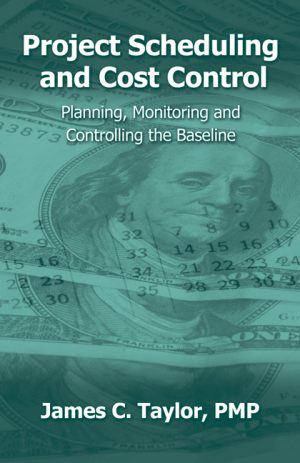
Project Scheduling and Cost Control
Retail Price: $59.95$49.95 Add to cart -

The Networked Supply Chain
Retail Price: $54.95$44.95 Add to cart -
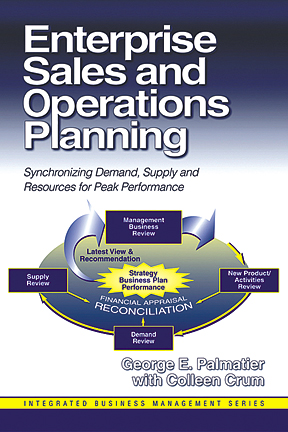
Enterprise Sales and Operations Planning
Retail Price: $54.95$49.95 Add to cart -
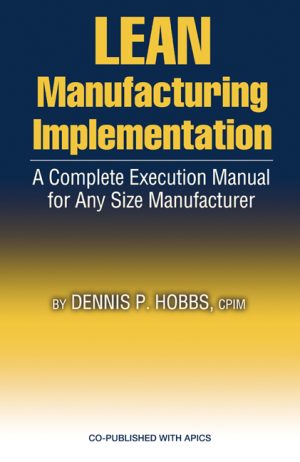
LEAN Manufacturing Implementation
Retail Price: $54.95$44.95 Add to cart -
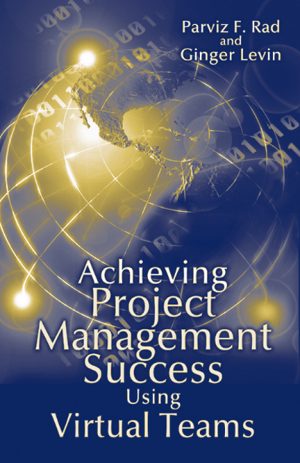
Achieving Project Management Success Using Virtual Teams
Retail Price: $49.95$39.95 Add to cart

